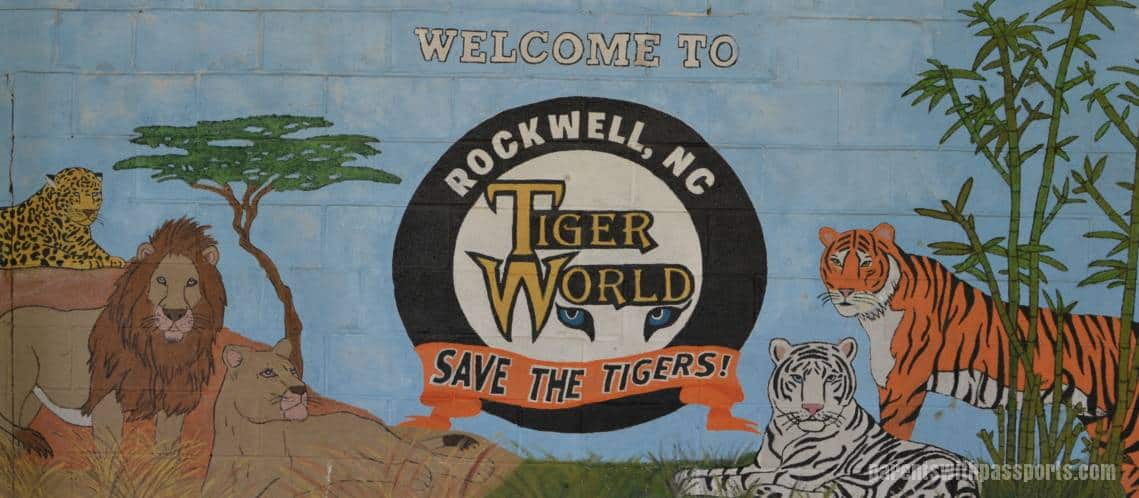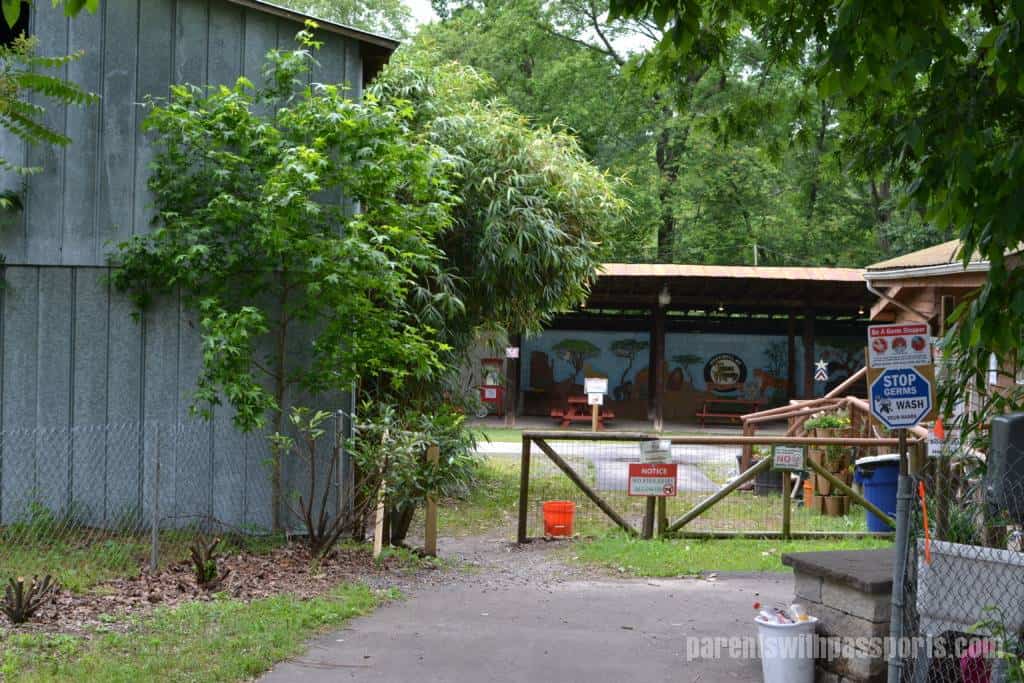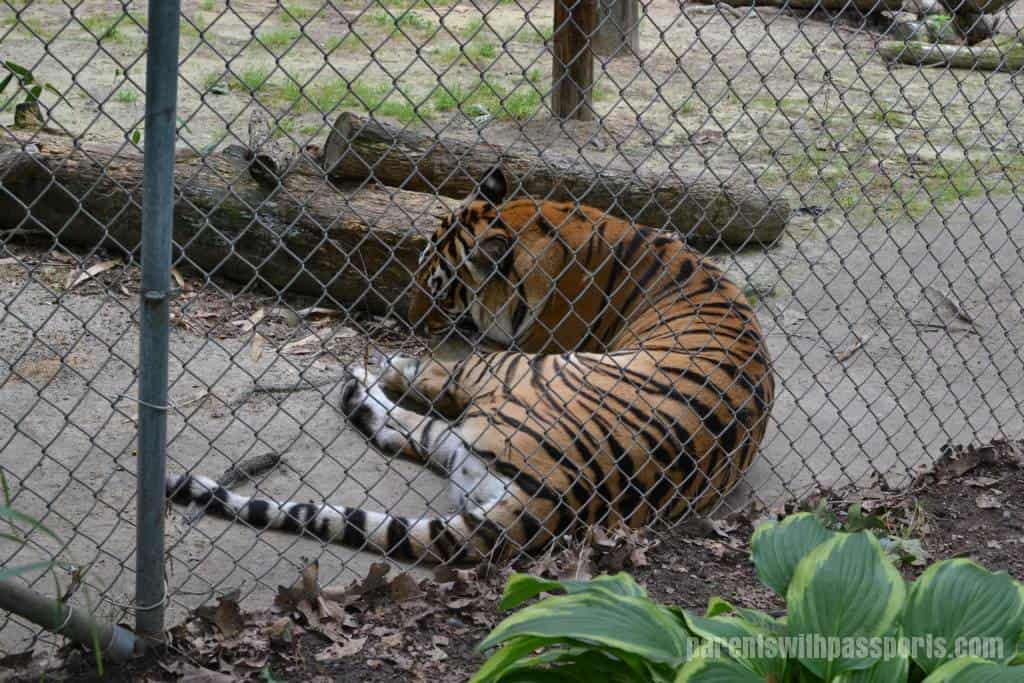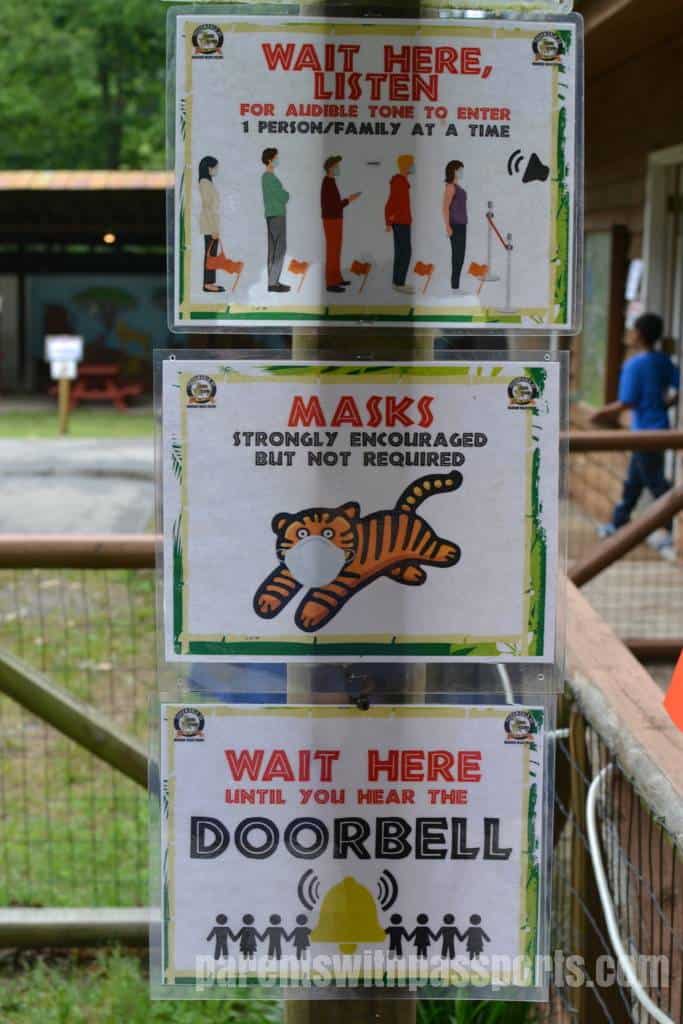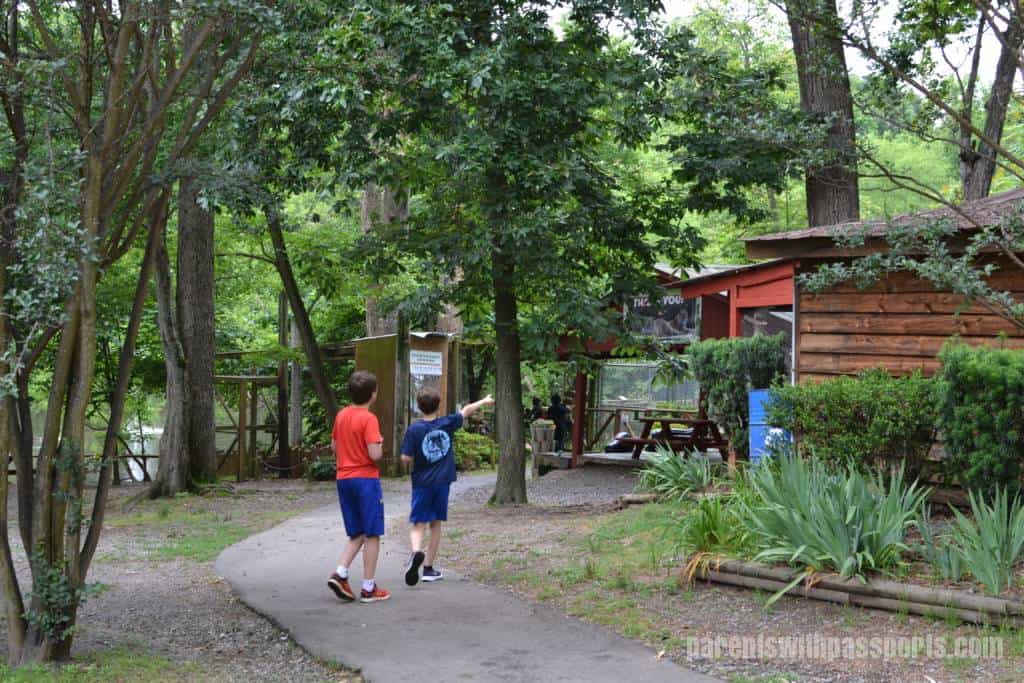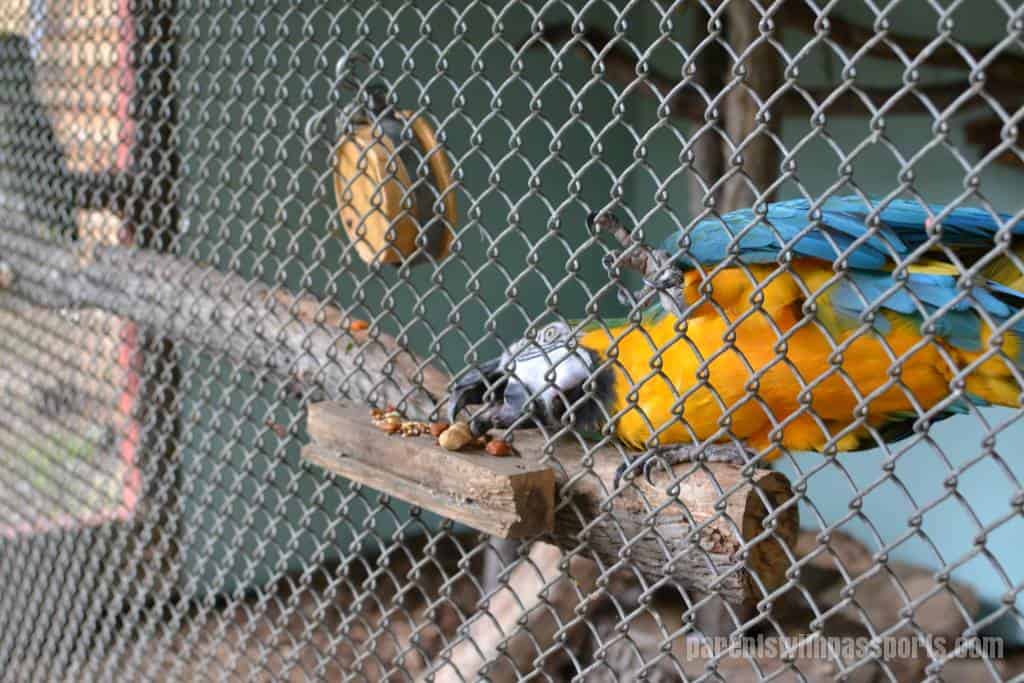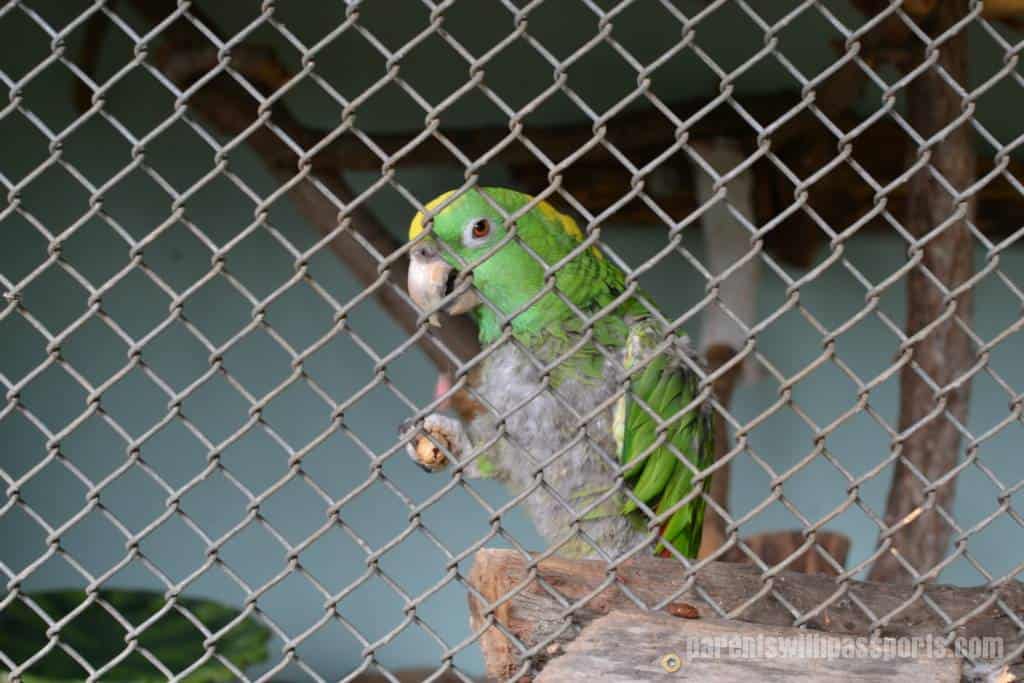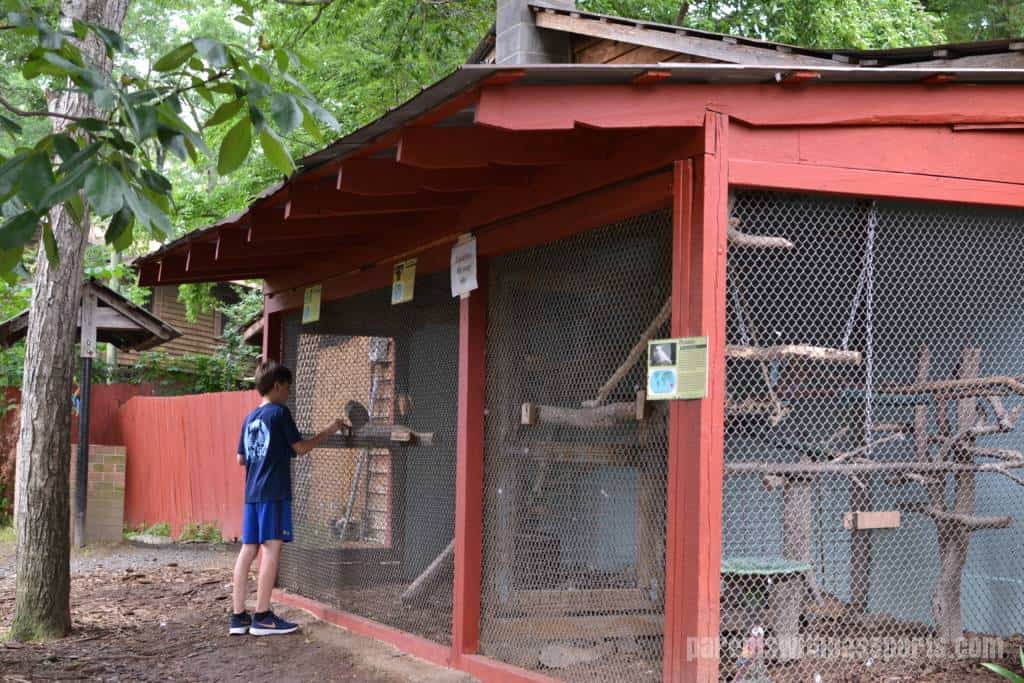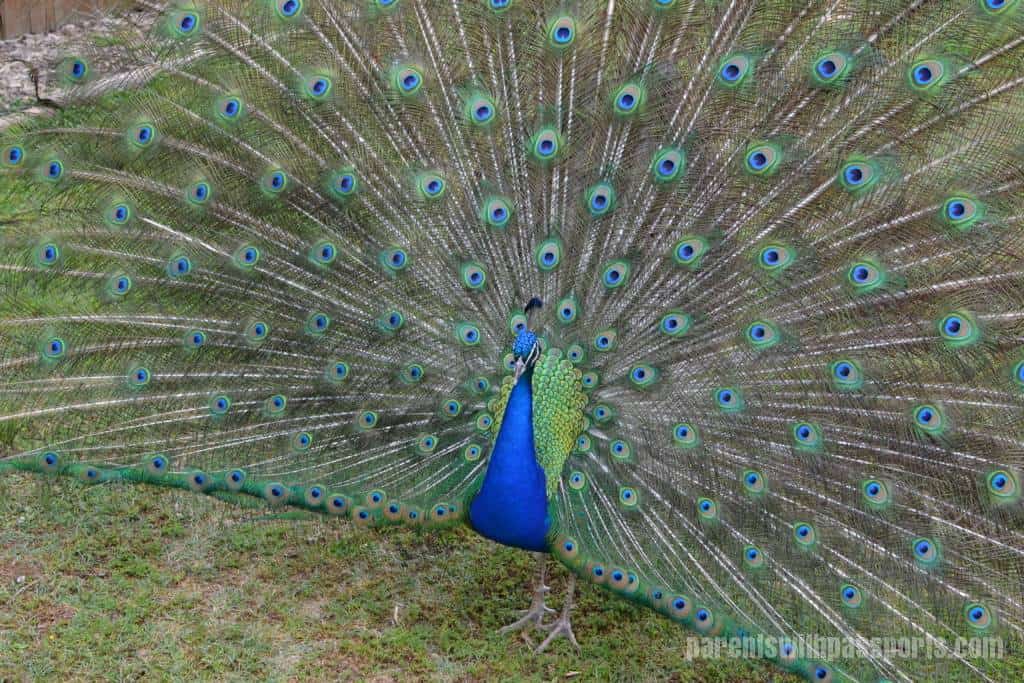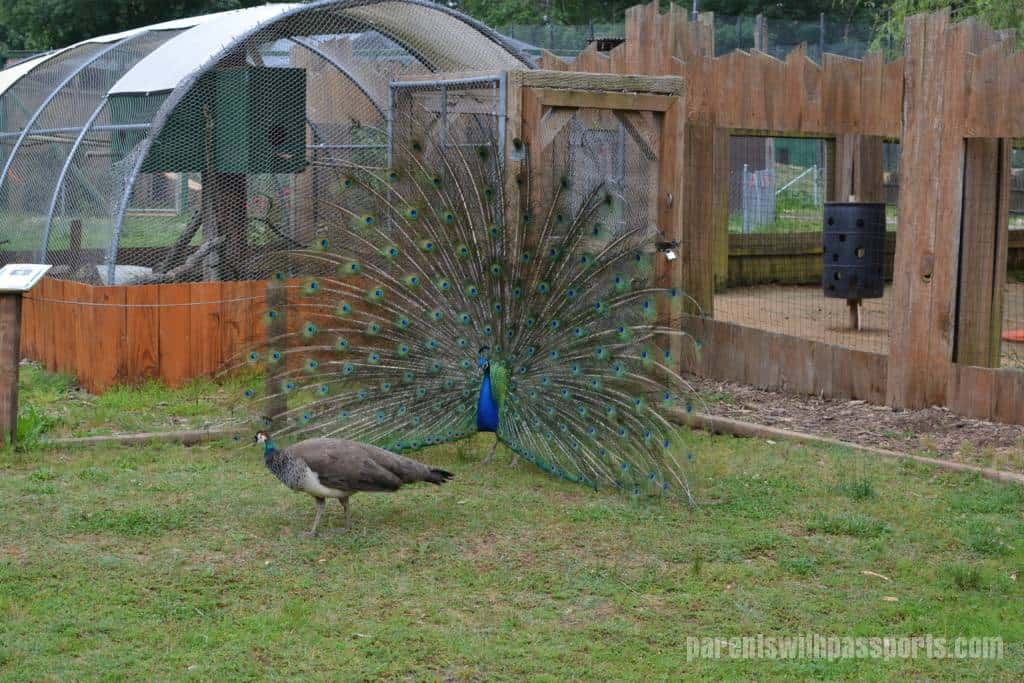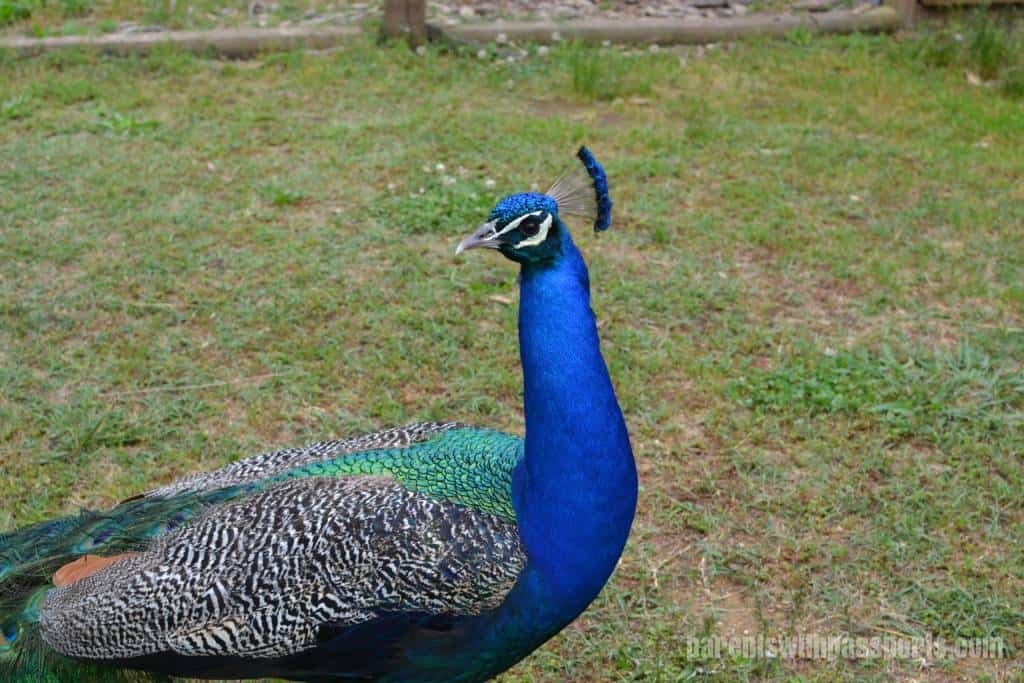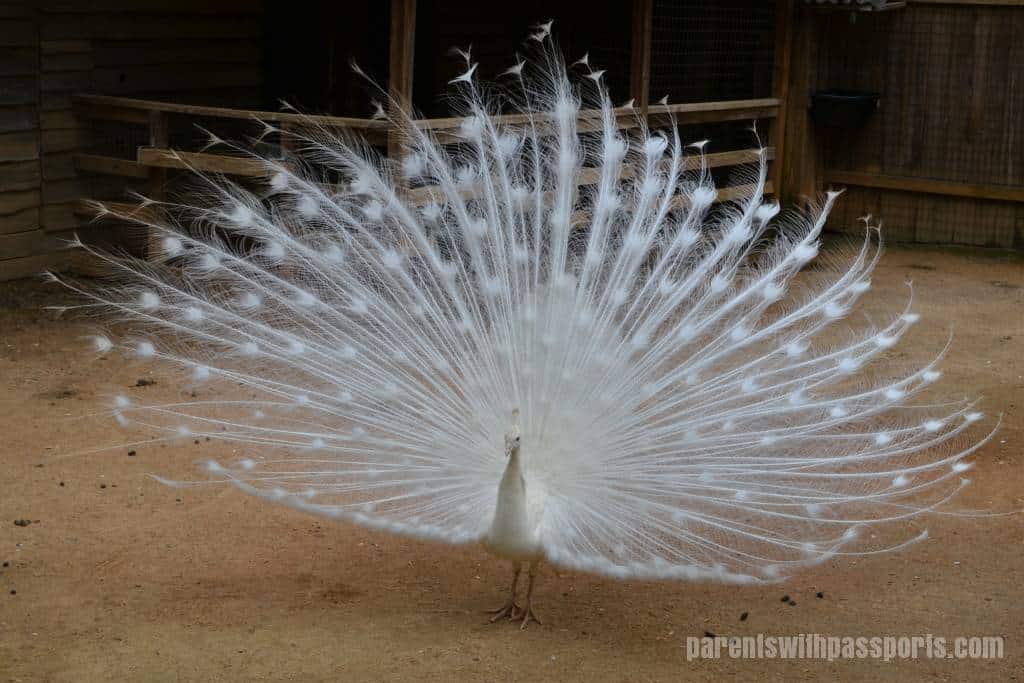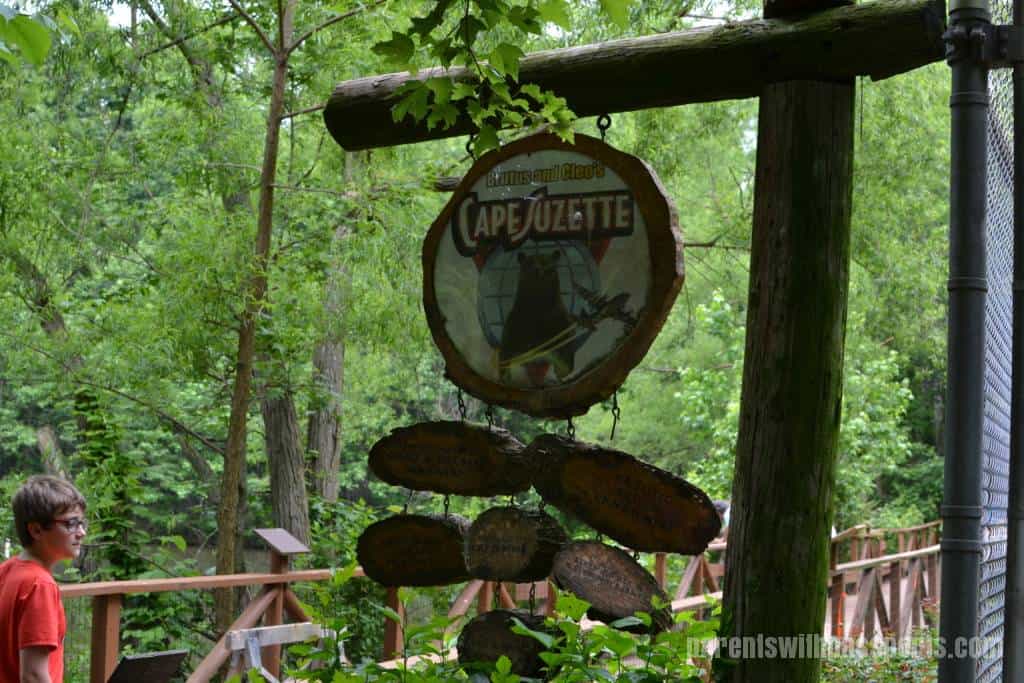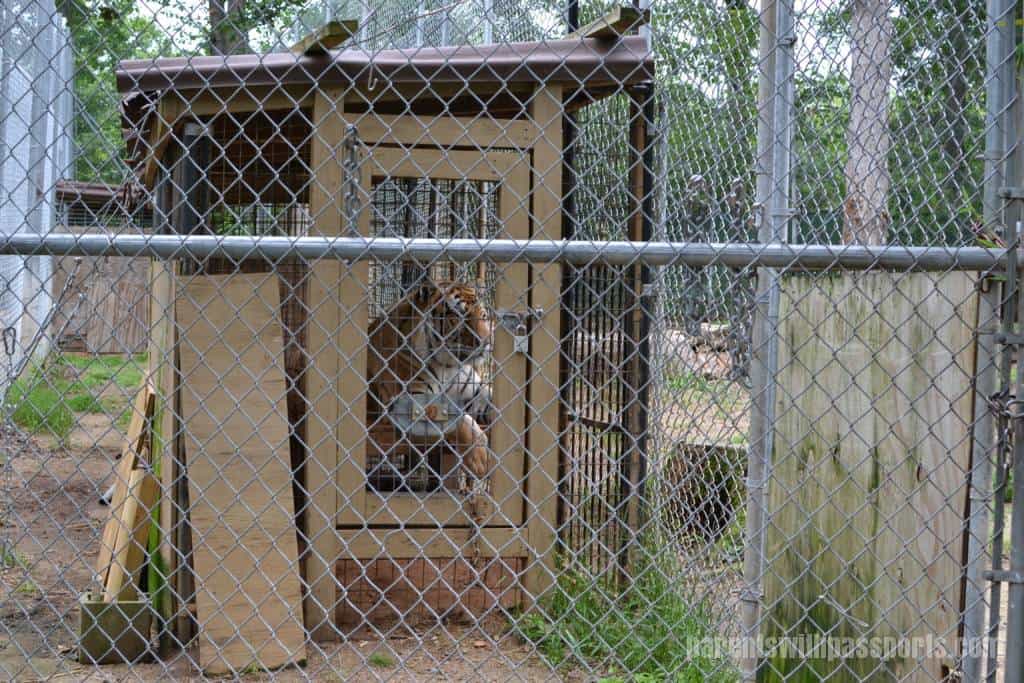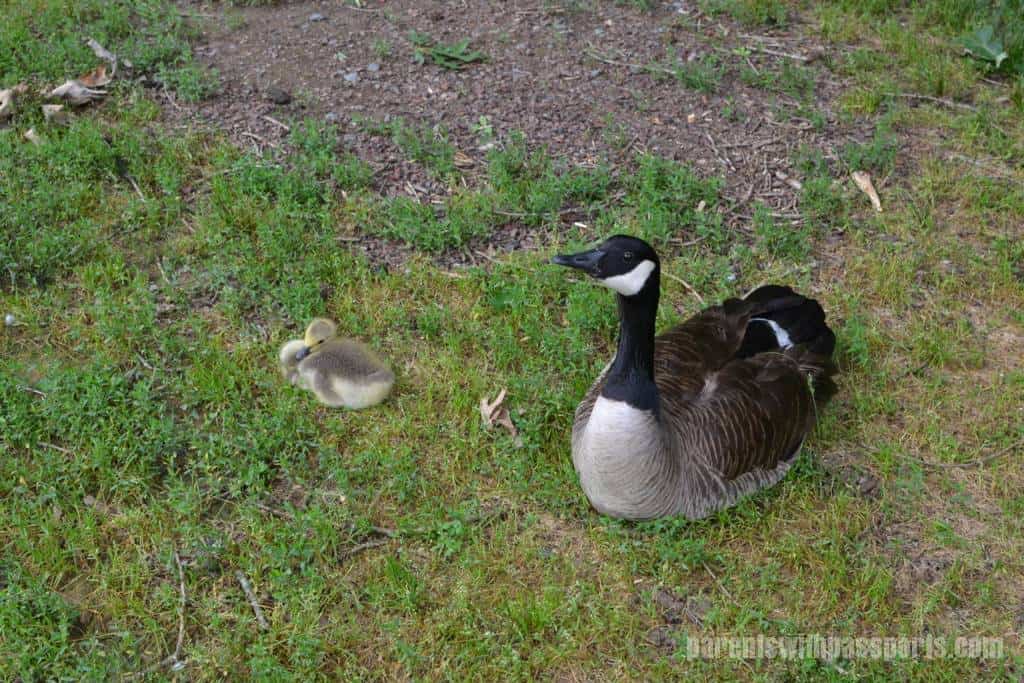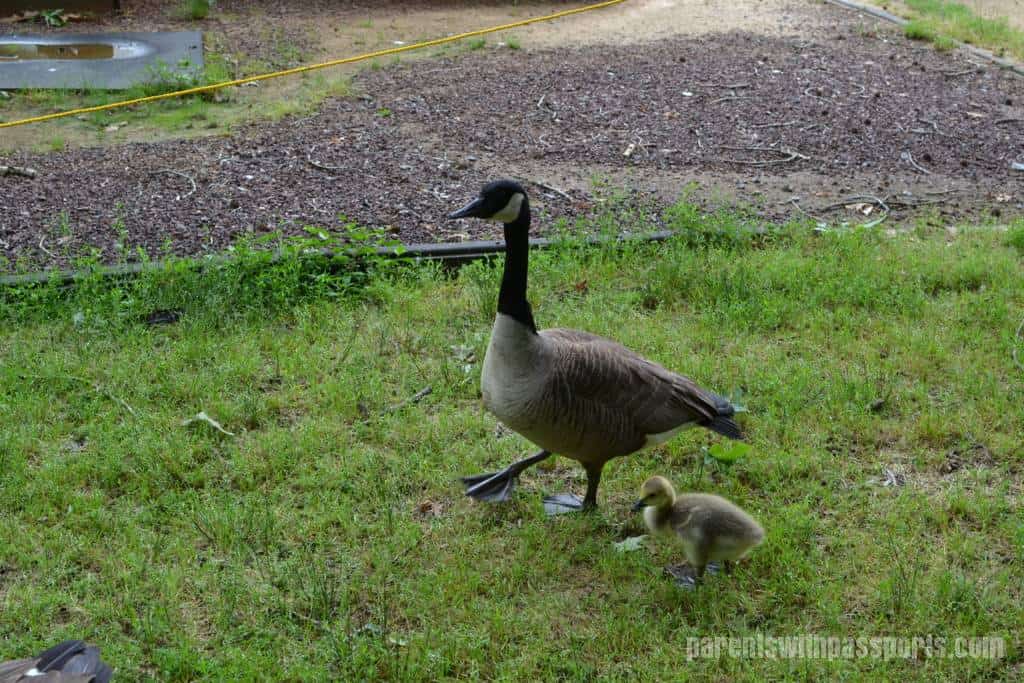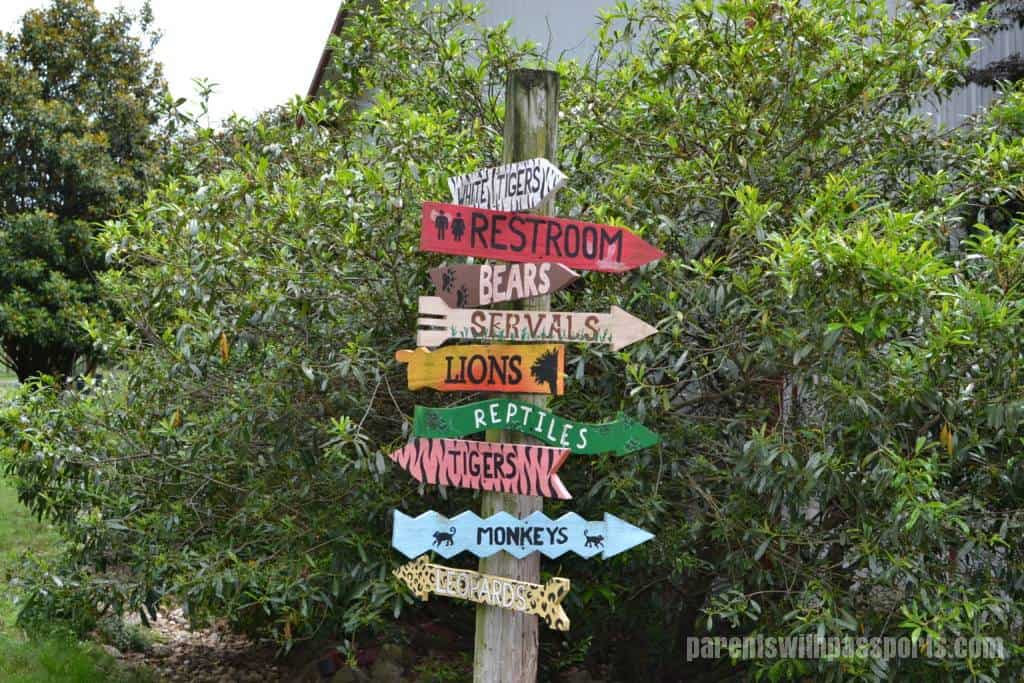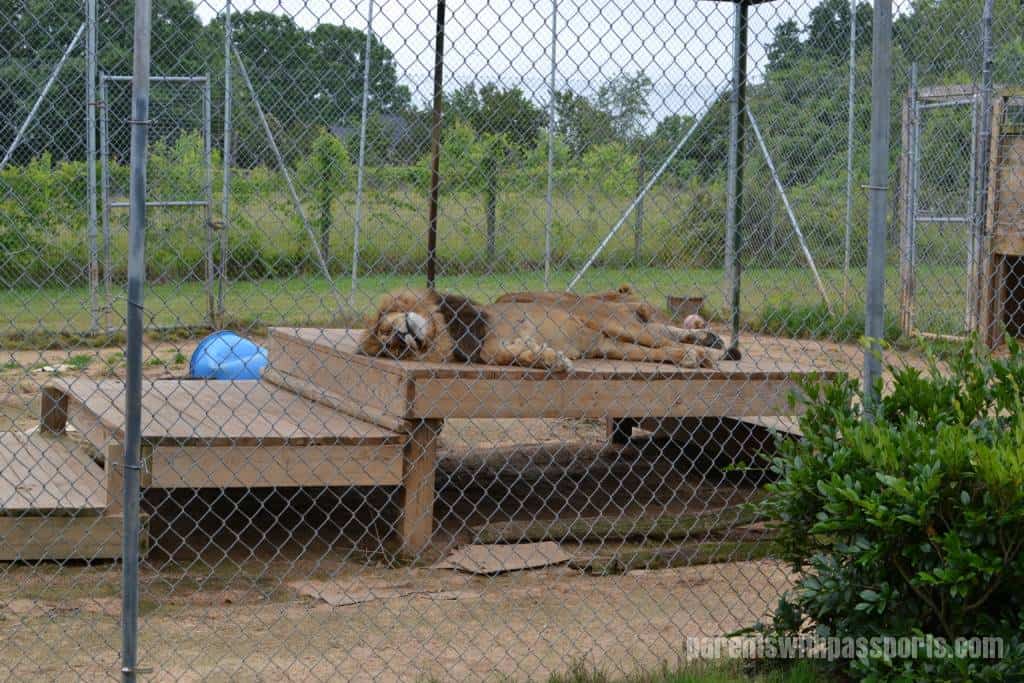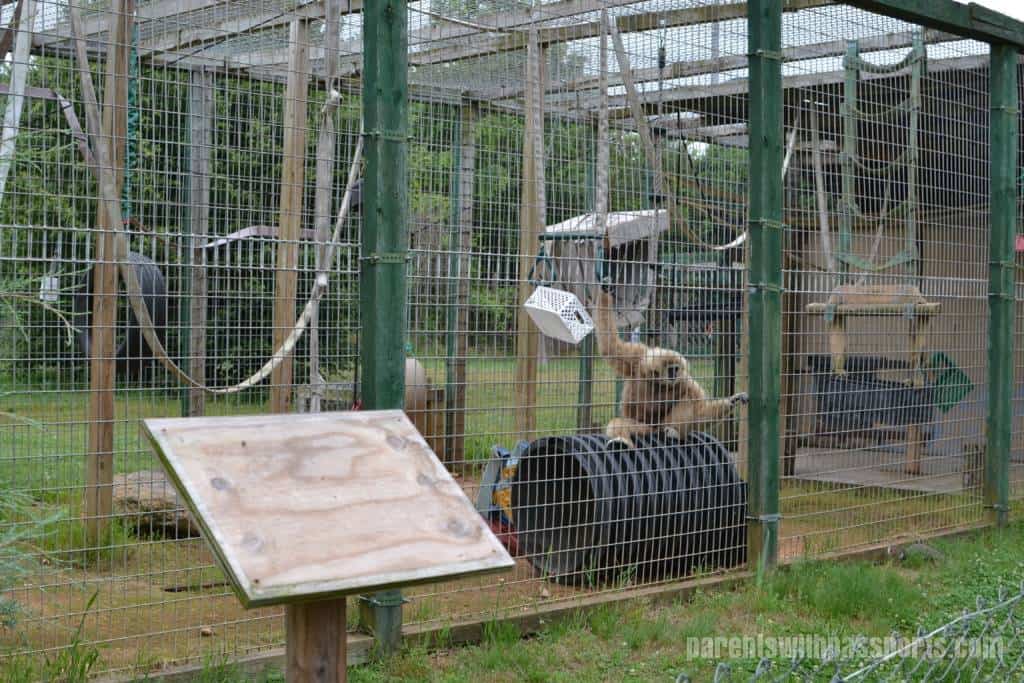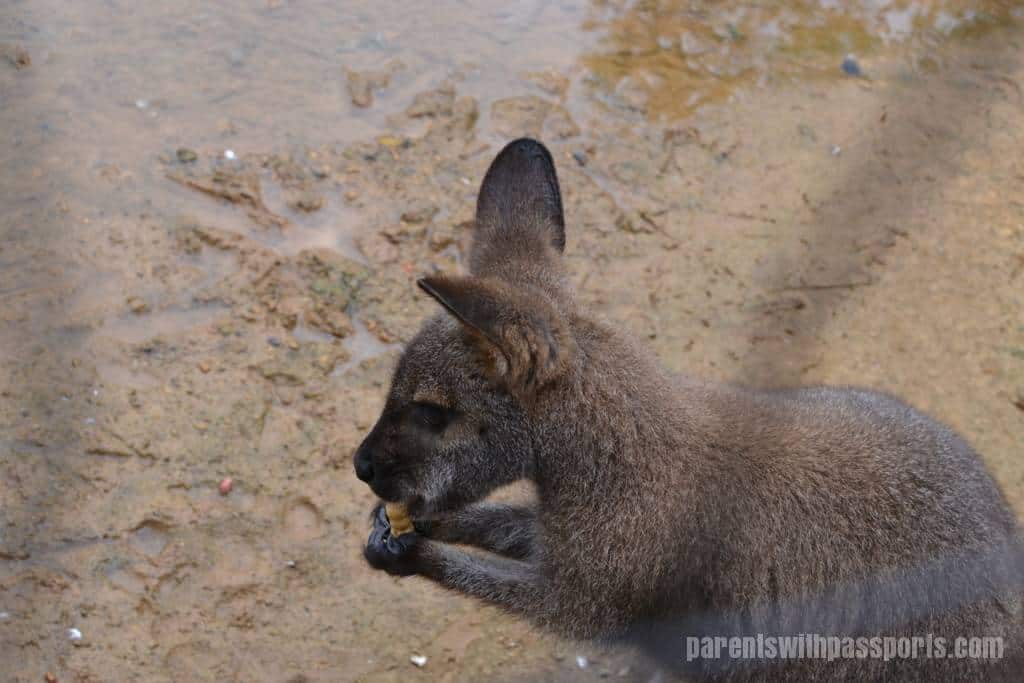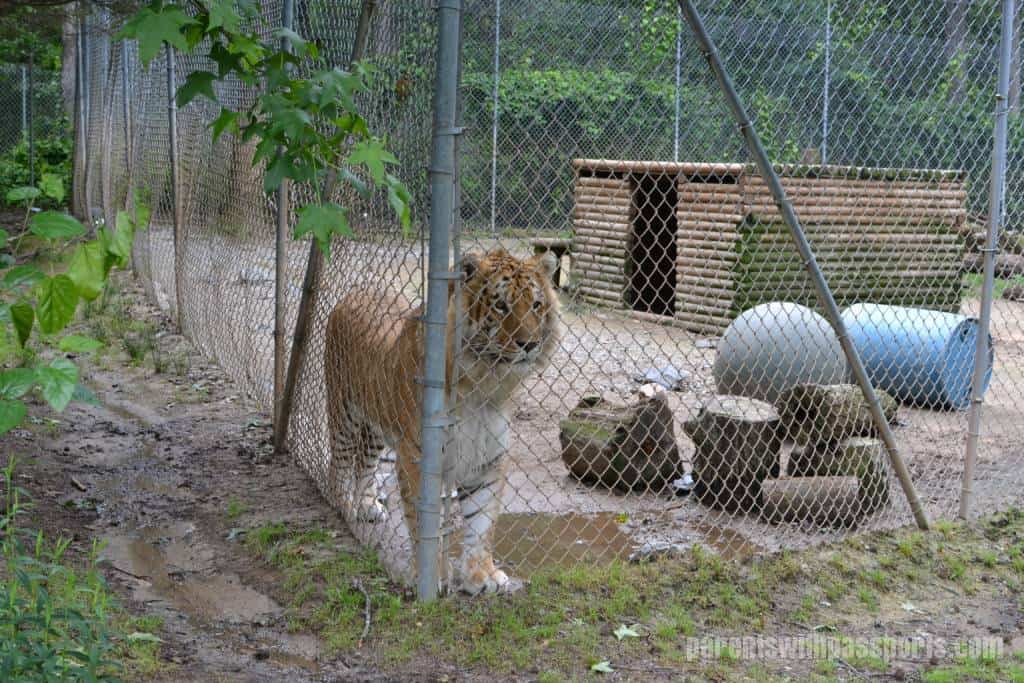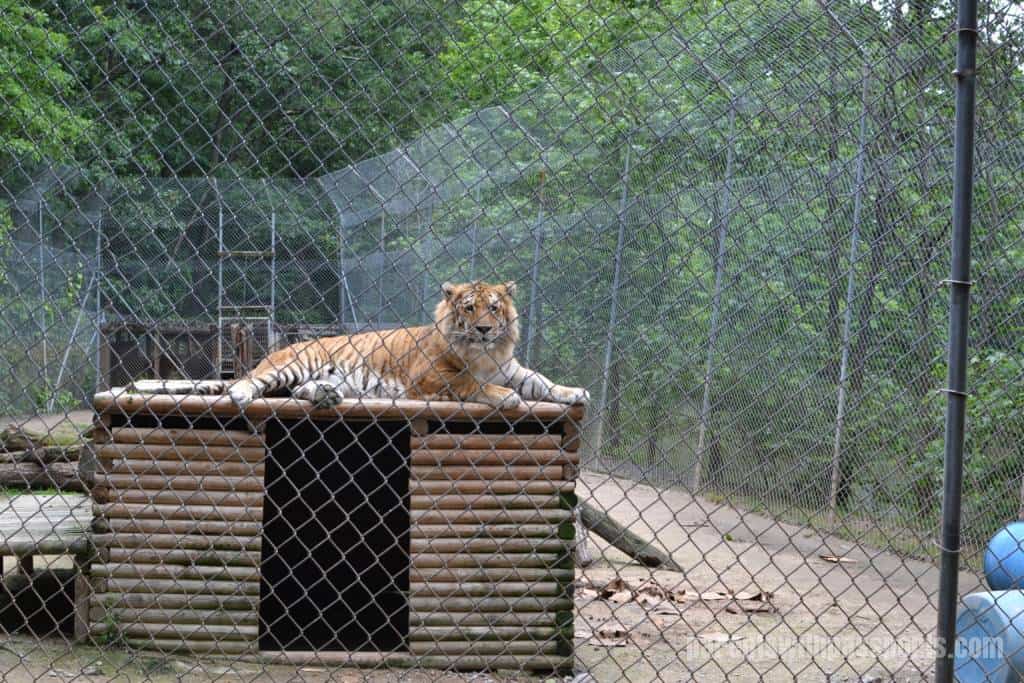When the world went into varying levels of lockdown in March 2020 due to Covid-19, Netflix undoubtedly benefitted from the rapt audience that quarantine created and timed its release of the true crime documentary Tiger King perfectly. Equal parts fascinating and horrifying, the series told the story of Joe Exotic, the eccentric owner of the Greater Wynnewood Exotic Animal Park in Oklahoma. While the characters and the crimes took center stage in the documentary, it was impossible to ignore the plight of the tigers and other animals in the story.
I will admit that after initially avoiding the series, I watched it over a few nights in April. It was an absolutely horrible and unbelievable story, but like a train wreck, I couldn’t look away. Beyond the world’s fascination with the bizarre characters, the series did help to shine a light on the mistreatment of exotic animals in private zoos around the country (although many argue the series did little to help them). While reading a lot of stories about everything that was wrong with GW Exotic Animal Park, many articles mentioned Tiger World in Rockwell, NC as a place that did things right.
Since my boys have been animal lovers from the start, I had taken them to Tiger World in 2014 when they were 4 and 6. I had heard about the wildlife preserve from my dog’s veterinarian, whose office walls were covered with pictures of him treating the preserve’s tigers as a volunteer. At the time of our first visit, the park was little more than a handful of tigers and other animals behind chain link fences in a field. My strongest memory of that visit was not the tigers but a pack of wolves that howled loudly and persistently in response to an ambulance siren in the distance.
According to its website, Tiger World is a non-profit, USDA approved facility and one of only a handful of zoos that operates without tax support. It focuses on animal conservation and education, while rescuing and rehabilitating exotic animals. It is supposed to be the polar opposite of Joe Exotic’s zoo.
And yet… I still left there feeling like it was a cheap roadside attraction that mistreated its animals. The place seemed run down and dirty. The animals were in small cages and enclosures. Many of them paced or walked in circles, a sign of stress. I understand that they are working on a small budget, but the whole experience left me feeling so sad for the animals. If these are the ones being treated well, I’d hate to see what the zoo in Wynnewood looked like. (It also didn’t feel especially safe, with nothing between visitors and the big cats but a chain link fence.)
Despite questionable safety from the animals, the preserve has taken several steps to keep its visitors safe during the pandemic. As of the end of May, masks were not required but social distancing and pre-entrance hand washing were. There were markers along the fence marking spots 6 feet apart. (This was explained on a sign at the beginning but some people obviously missed it, as I heard one woman telling her grandchild that it was ok to feed the wallabies because their cage was marked with an orange flag.) The animal encounters, indoor reptile exhibits, and playground were all closed. I felt that they had created a safe experience for their visitors.
After paying the admission fee ($15 for adults and $12 for kids ages 2-17) plus a few dollars for a feed cup, we entered the park and turned to the right. The first enclosure housed several parrots, macaws and cockatoos, and my youngest son could have spent hours there feeding them. (Wherever we went in the zoo, he seemed to migrate back to this spot.) Because they could bite, hand feeding is not advised and small wooden platforms hang from the outside of the cage so you can put the seeds and nuts there and let the birds grab them through the wire. It was fascinating to watch them maneuver through the wire and then break open peanuts with their claws and beaks.
From there we were momentarily taken off course by the peacocks roaming the grounds. We walked over to a group just in time to see one open up its feathers and strut around, trying to impress the ladies. Although I had seen a peacock with its feathers fanned before, I had never seen one shake like this one. The sound it made was amazing! We were lucky enough to see both a blue and a white peacock strut their stuff.
We headed back to our previous path, which led us on a boardwalk past the bears and to the White Tiger Forest. The bear enclosure was by far the nicest habitat there. (Their map still shows this area – Cape Suzette – as coming soon so it must have opened relatively recently.) But despite the picturesque waterfall feature, I was still unimpressed with the enclosure because it seemed way too small for two bears.
But I was perhaps least impressed with the White Tiger Forest. First, none of the tigers were white. There were 3 enclosures and not a single one of them had a white tiger in it. But beyond the obviously misleading name, one of the tigers was closed in a tiny cage within its enclosure. It laid on a small platform in there but every few minutes got down and compulsively walked in tight circles for a few minutes, not seeming to know what to do with itself. Maybe it was in there for a valid reason (perhaps recovering from an injury?) but with no explanation provided, it just seemed so cruel to have him trapped in such a tiny space.
From there we headed to the main loop around the zoo. On our way we spotted this adorable gosling relaxing with his momma and then following her around.
There were several species of primates, lions, tigers, cougars, leopards, and wolves, as well as an Australian Outback section. We followed the main loop to check them all out. (Most were sleeping or generally inactive.)
While all of the enclosures had a sort of depressing vibe, the one that really hit me was the Liger. Born from a male lion and a female tiger, ligers do not occur naturally but are only bred in captivity. As a result of this unnatural union, ligers have many health problems. Lil’ Wayne the Liger had a look of sadness in his eyes that broke my heart. He was very expressive and looked longingly through his wire cage as if all he wanted in the world was to get out. He was the most alert animal we saw at the zoo, but instead of that being a point in favor of the preserve, it was depressing. The whole situation was so very sad.
I wanted so badly to love this place and believe that they are doing right by these animals but that just wasn’t the feeling I walked away with. To be fair, many reviews I read said that the animals were happy interacting with the staff and they could see the love between them. Unfortunately due to Covid-19, these interactions weren’t really happening (at least not publicly) as staff was cut back and the normal staged interactions were cancelled. So maybe these animals were all suffering Covid quarantine fatigue just like we were. I certainly hope that was part of it. But even so, that doesn’t change their living circumstances. I just can’t believe that a tiger can live a happy, healthy life in a cage significantly smaller than my own backyard.
